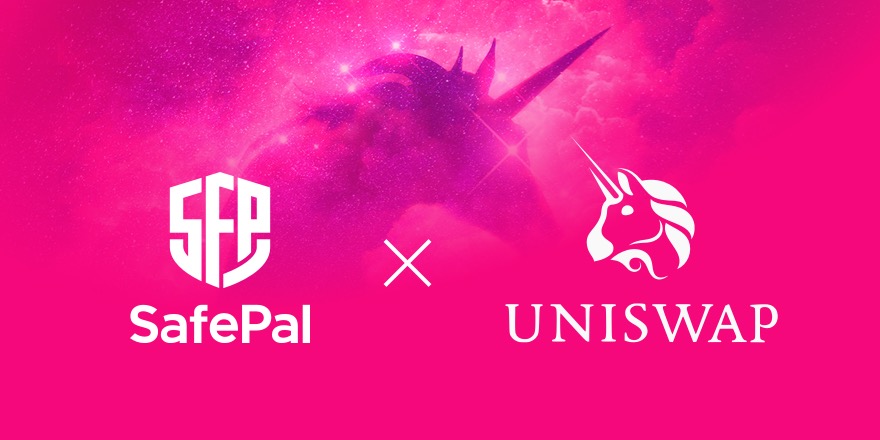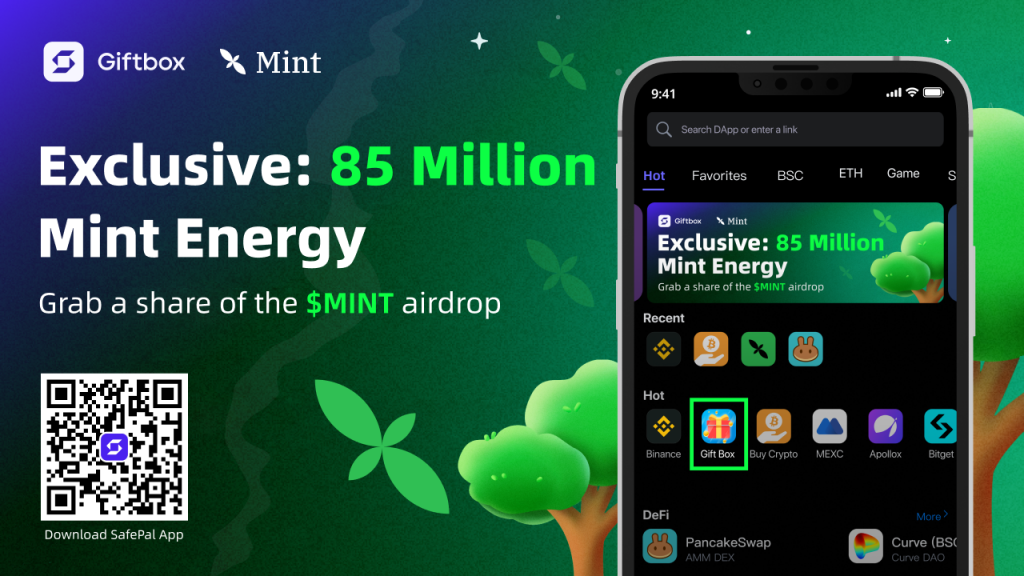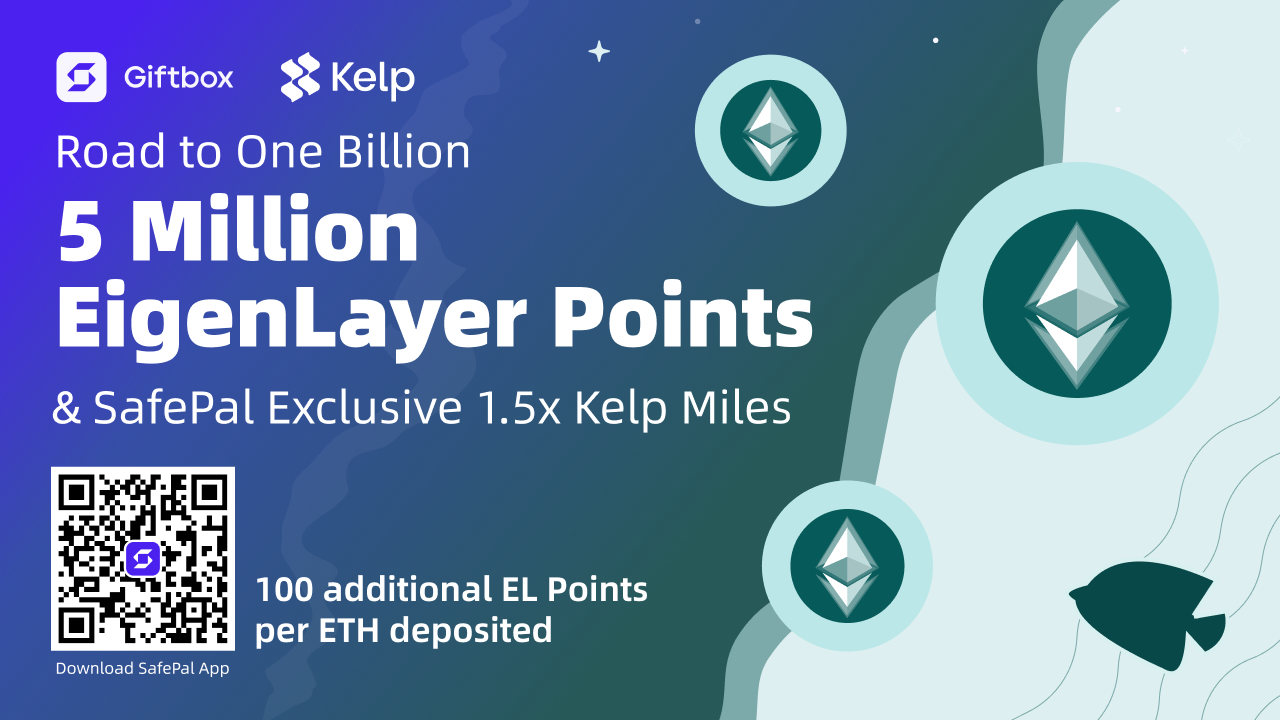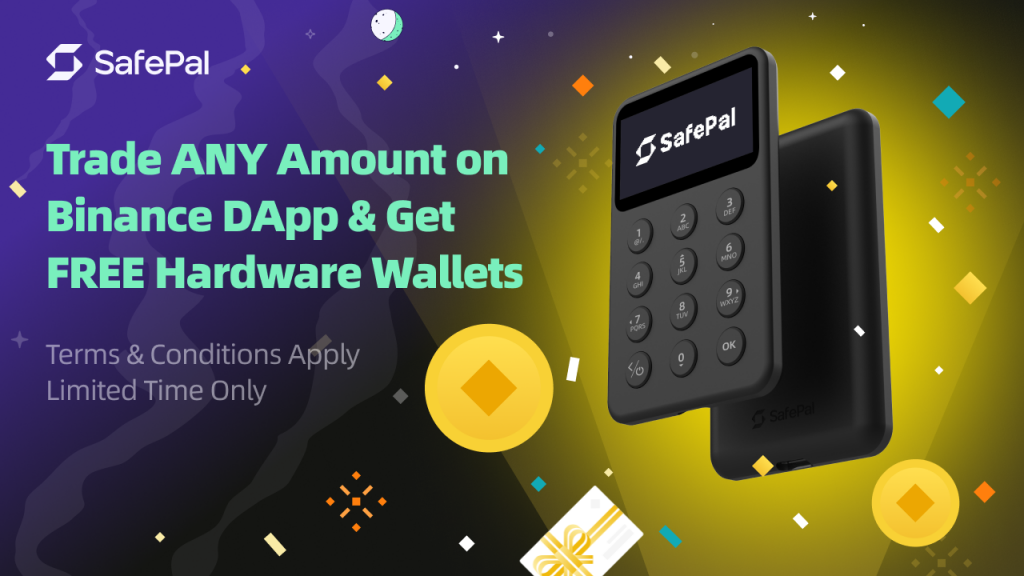SubTopic:
- What is Uniswap: Beginner’s guide
- Why Uniswap is so popular
- Step-by-step guidelines on how to use Uniswap
- How to prevent liquidity scams in Uniswap

[SafePal Academy] What is Uniswap: A beginner’s guide to the most popular crypto trading platform 2020
This article aims to provide an overall understanding of Uniswap for DeFi beginners, so the more technical and complex design in Uniswap will not be involved.
Key takeaways
- Uniswap has an outstanding performance in the DeFi field and is one of the most promising projects in the DeFi world.
- It is famous for its elegant contract design and user-friendly interfaces.
- Uniswap is a very good tool for fast value capture and token transactions, but might not be suitable for everyone in any case.
- Uniswap will be supported by SafePal wallet in the coming August. More Uniswap tutorials and guidelines are coming soon!
A Quick Highlight of Uniswap
Since Uniswap was launched in 2018, it has grown rapidly into the TOP 10 decentralized exchange in the DeFi world. At the time of writing, the total value locked on Uniswap has exceeded $110.889 million. In the last 2 months, Uniswap has grown exponentially bigger in many aspects. From these data, Uniswap is no doubt one of the most eye-catching projects in the DeFi segment.
(Data source: Uniswap.info)
(Data source: Defipulse)
So What is Uniswap?
Let’s firstly take a look at how Uniswap is introduced in its white paper:
“Uniswap is a protocol for automated token exchange on Ethereum. It is designed around ease-of-use, gas efficiency, censorship resistance, and zero rent extraction.”
This introduction is very concise, but users may want to hear more specific answers.
Here is a simple definition of Uniswap:
“Uniswap is a decentralized exchange running on the Ethereum blockchain. It supports fast exchanges between all the ERC20 tokens.”
The story of Uniswap can be traced back to a proposal posted by Vitalik on Reddit in October 2016 for a decentralized exchange (DEX) that would employ an on-chain automated market maker with certain unique characteristics.
At the end of 2017, Hayden Adams started to work on this proposal. Nine months later, this project received a $100k grant from the Ethereum Foundation and eventually, Uniswap was officially deployed on Ethereum in November 2018.
With the well-designed architect in many aspects, Uniswap transaction volume has been rising since it went alive. Till this moment, it has been ranked among the Top 10 in terms of trading volume.
What’s the difference between Uniswap and other DEX?
As a decentralized token exchange protocol built on Ethereum, Uniswap is not only different from traditional cryptocurrency exchanges, but also different from other decentralized token exchanges. Uniswap is a set of contracts deployed on the Ethereum network, and all transactions are performed on the chain. Like other DEXs, users can deposit and withdraw tokens freely, without the registration, identity verification, and withdrawal restrictions of a centralized exchange. The differences of Uniswap are:
- its gas utilization rate is higher, so the gas fee is cheaper.
- its trading counterparty is not other traders, but the token pool, with an automatic market-making model to calculate transactions price
- It’s 100% censorship resistance. Everyone can list their token by initiating a create exchange transaction. After the listing is done, no one can force it off the market.
Which currencies does Uniswap support?
For now, Uniswap supports ETH, 200 ERC20 Tokens, and 100 trading pairs.
Here is a brief introduction to some of the most representative projects:
- DAI : US dollar-pegged decentralized stablecoin launched by MakerDAO
- USDT: The most well-known stable coin to mirror the value of the U.S. dollar. It is issued on the Omni, TRON, and ETH blockchains.
- USDC : The USD stablecoin issued by Coinbase. It can be swapped 1:1 with USD on Coinbase.
- YFI:Yearn.finance’s governance token. It is distributed only to users who provide liquidity with certain yTokens. With no pre-mine, pre-sale, or allocation to the team.
The Advantages of Uniswap
1. User-friendly
When buying and selling tokens on Uniswap, you only need to decide which currency to sell which one to buy, and how much to buy or sell. After entering this information, press Swap to send the transaction, and you will get what you trade for immediately after the transaction is broadcasted on the blockchain.
If you want to exchange Token A for Token B, in other exchanges, you will need to make two transactions, the first transaction to exchange Token A into an intermediary currency (such as ETH or DAI, and the second transaction to transfer the intermediary currency into Token B. But on Uniswap, this can all be done in one step. In fact, Uniswap also replaces Token A with ETH and then ETH with Token B, but it combines these two actions in the same transaction.
2. 100% Decentralized and Censorship Resistance
The censorship resistance of Uniswap is reflected in the threshold of new token listings. There is no threshold meaning any user can list any token on Uniswap.
This is rare to see even among many other decentralized exchanges. Although most decentralized exchanges do not charge listing fees like centralized exchanges, they still need to review approve the new token listing applications before allowing your token to be traded on their exchanges(Please refer to the listing rules of IDEX, KyberSwap, EtherDelta).But in Uniswap, any user can add a token in the Uniswap trading pair by initiating a create exchange transaction. After the listing is done, no one can force it off the market.
KyberSwap listing rule: https://developer.kyber.network/docs/Reserves-ListingProcess/
EtherDelta listing rule:
IDEX listing rule: https://medium.com/@forrestwhaling/idex-token-listing-guidelines-eae00785fdd2
Add a token in the Uniswap: https://uniswap.org/docs/v1/frontend-integration/token-listing/
3. Zero Rent Extraction
In Uniswap’s contract design, no one has any privileges, and the development team does not extract fees from the transaction. But this does not mean that there are no fees for transactions on Uniswap.
Firstly, you need to pay a gas fee for the transaction to be packed into the Ethereum blockchain. This fee has nothing to do with the amount of the transaction, but is estimated based on the recent market price and the degree of network congestion. Usually, about $0.05-$0.5 is sufficient to make a transaction broadcasted on the blockchain within one minute.
Second, Uniswap will charge a fee of 0.3% for each ETH-Token transaction. This fee is called a liquidity provider fee, which will be paid to the liquidity providers.
Is there any downside to Uniswap?
Firstly you cannot decide the buy and sell price by yourself, but can only passively accept the price given to you by Uniswap.
The transaction fee no lower than 0.3% is considered high compared with other centralized and decentralized exchanges. If your goal is to complete the transaction at an ideal price, Uniswap is not the best choice.
Front Running is always a problem for many decentralized exchanges and applications. From the time you send the transaction to the time the transaction is broadcasted on the chain, other traders may have the opportunity to execute their transaction before yours is completed, which deviates your transaction price from original expectations.
When Should I Use Uniswap?
Here are some practical use cases if you are a crypto beginner:
1. When you need to pay others some tokens that you currently don’t hold, you can use the Send function on Uniswap to transact the tokens. Uniswap will automatically swap for you and send the token to the receiver’s address.
2. If you are already HODLing both ETH and another ERC20 token, and believe that the exchange price between the two will be stable in a short time, then you can consider putting part of ETH and the other tokens into Uniswap to earn passive income. The coins you put in can be reclaimed at any time.
3. If you have issued a token, and want to increase its liquidity, you can create a Uniswap trading pair for your token, and then add Liquidity to it.
Summary
From the perspective of liquidity, Uniswap still has a long way to go, but it certainly has achieved a major milestone by growing from almost no liquidity to more than 25 million US dollars liquidity in one year and a half.
Not only does Uniswap provide traders with permission-free token transactions and a user-friendly interface, but it also provides opportunities for liquidity providers to capture value. Out of its permission-less nature, Uniswap has the potential to become an important Lego in the DeFi world and boost the development of the entire DeFi field.
Uniswap will be supported by SafePal wallet in the coming August. Welcome to stay tuned for more Uniswap tutorials and guidelines!









